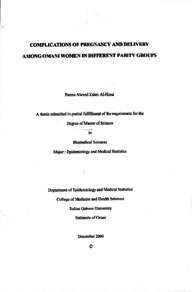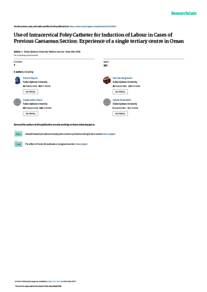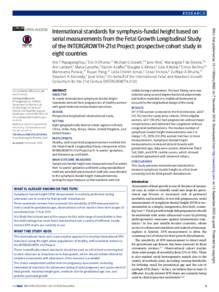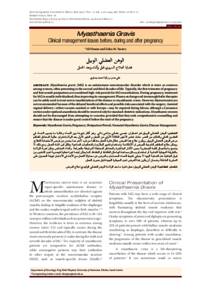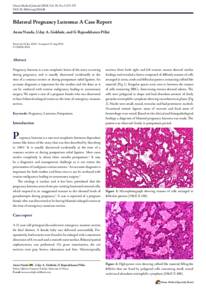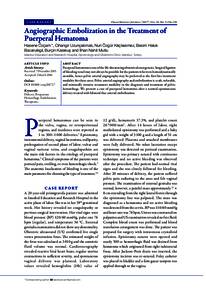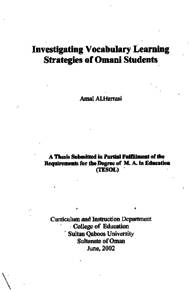وثيقة
Complications of pregnancy and delivery among Omani women in different parity groups.
الناشر
Sultan Qaboos University
ميلادي
2003
اللغة
الأنجليزية
الملخص الإنجليزي
It is generally believed that pregnancies in grand multiparous women carry increased risk of adverse obstetric outcome. Some authors, however, showed that grand multiparity (GM) is not a major problem when good health care is provided. Others related the problems of GM to the low socioeconomic status and age. Hence, there are wide discrepancies among published reports in this field. Furthermore, the association between demographic factors and parity were not fully investigated. In Oman, the available data on GM are restricted to relatively small number of woman attending a single hospital and do not cover all parity groups. This work was conducted, at 3 major hospitals in Muscat region, to compare obstetric and neonatal complications among different parity groups and to determine if there is any association between studied variables and parity. A questionnaire was designed to collect demographic data (age. living place, education and occupation of woman as well as that of her husband, couple relation, and use of contraceptives), antepartum complications (gestational diabetes mellitus (GDM), pregnancy induced hypertension (PIH), anaemia, antepartum haemorrhage (APH), polyhydramnios, intrauterine growth restriction (IUGR), and prematurity). and intrapartum complications [type of delivery and postpartum haemorrhage (PPH)), as well as the outcome of pregnancy in respect to birth weight and condition of the baby. The data of the questionnaire were collected from the Ministry of Health Green Card, medical records, and through face-to-face interview using openended and closed-ended questions making the procedure of data collection as highly valid and reliable. The survey included 1003 women who attended Sultan Qaboos University Hospital, Royal Hospital and Khoula Hospital for labour. The included subjects were categorized into 4 groups: primiparas, multiparas (para 2-5), grand multiparas (para 6-8) and great grand multiparas para >8). The most significant findings from the collected data were that all demographic variables, delivery by caesarean section and macrosomia were significantly higher among great grand multiparas. In addition, primiparas showed significantly higher rates of APH, IUGR, instrumental deliveries and low birth weight babies. Some variables such as GDM showed an increasing trend or a decreasing trend such as anaemia and sick babies, associated with increased parity, although this did not reach statistical significance. Other variables such as PIH, polyhydramnios, prematurity and PPH showed no significant association or specific trend with parity. When primiparas were classified into 3 age groups, the older one ( 30 years) showed significantly higher rates of GDM, PIH, polyhydramnios and operative deliveries in comparison with other two lower age groups. The study concluded that higher parity is mostly associated with women that have a disadvantaged socioeconomic background and/or less education. Also, multiparity appears not to be a major problem in the studied Omani population and does not carry an increased risk of perinatal morbidity or mortality when good medical care is provided. The attention, in terms of medical care, should be more focused on primiparas. The study warrants conducting a large-scale nationwide study to ascertain the relationships, at large, between parity and its complications and recommends that future mangement/educational plans should particularly focus on women of higher age as well as primiparas. Furthermore, the higher rates of GDM, PIH and of performing caesarean section in great grand multiparas need to be further investigated.
المجموعة
URL المصدر
قالب العنصر
الرسائل والأطروحات الجامعية

